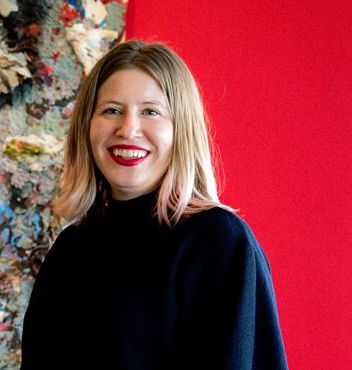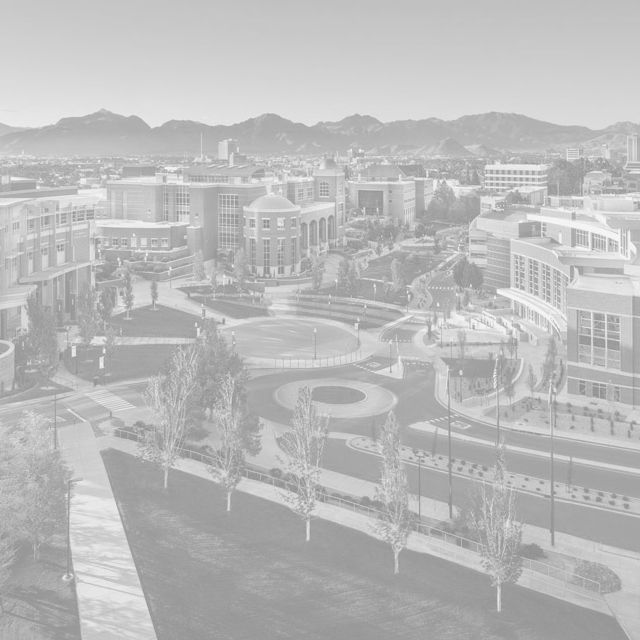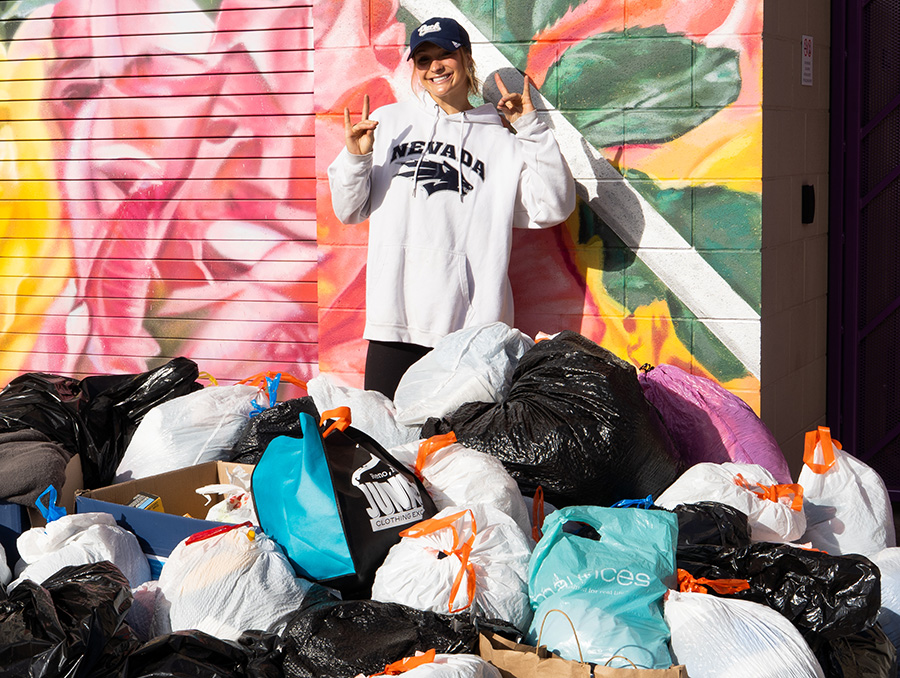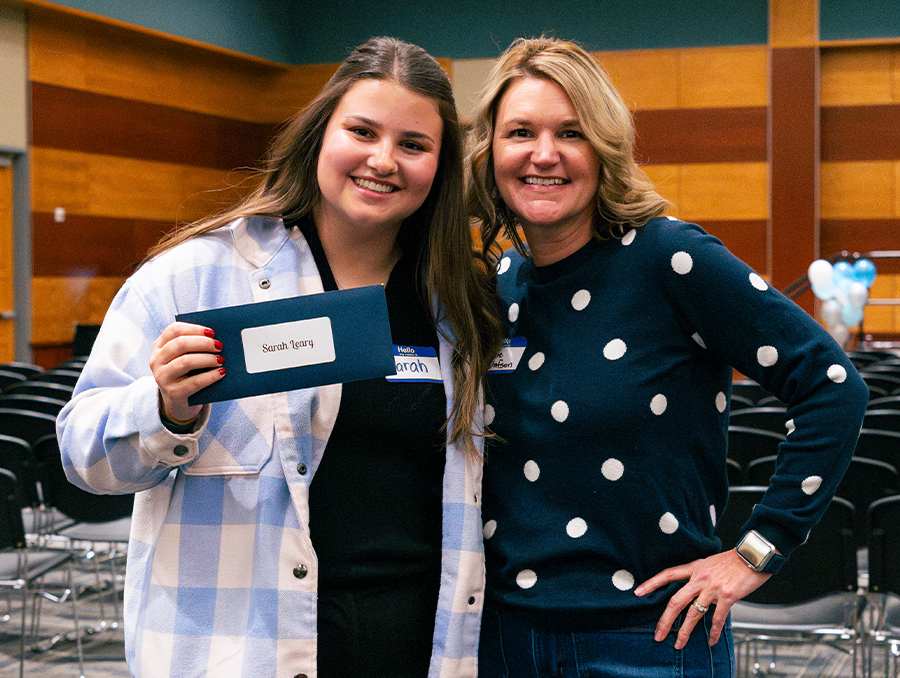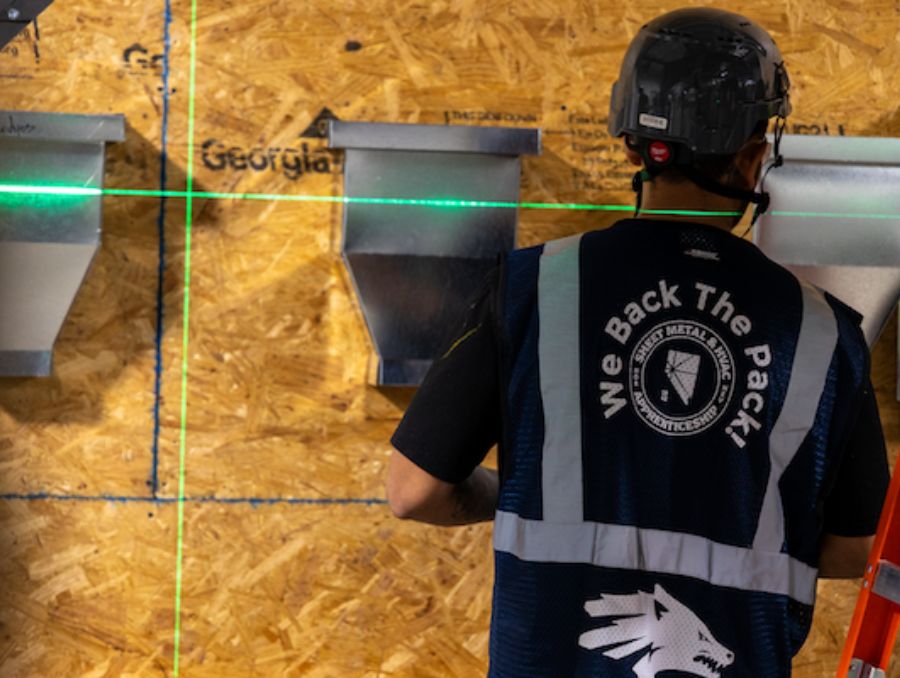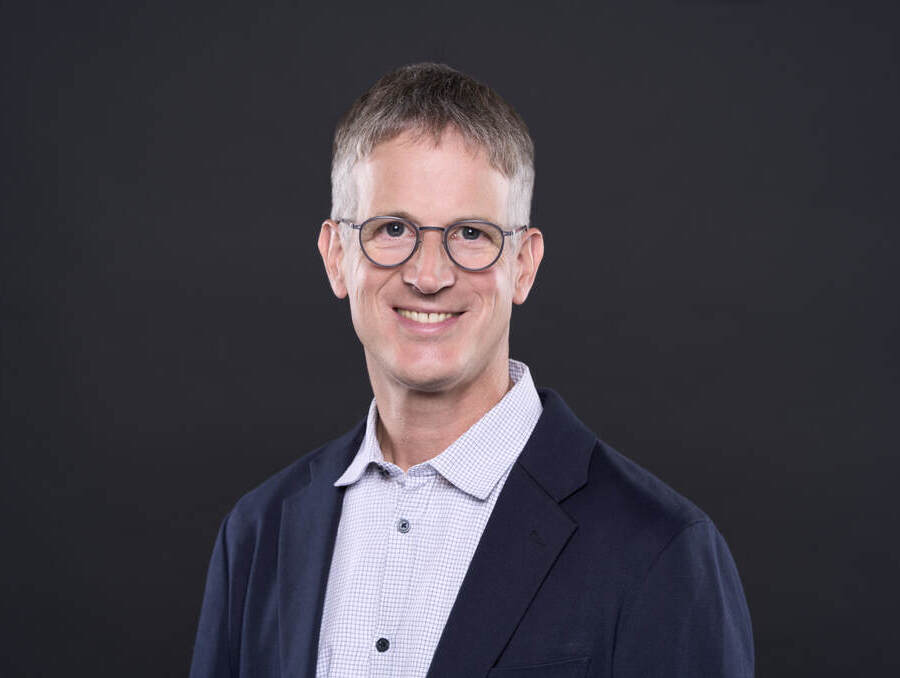MFA-IA Faculty Undertake Research Projects in Greenland and Poland
Two faculty members in the MFA Interdisciplinary Arts program and Los Angeles-based artists, Rob Reynolds and Julie Weitz, have separate, exciting research projects happening this Fall with funding support from the National Science Foundation and a Fulbright Award.
Two faculty members in the MFA Interdisciplinary Arts program and Los Angeles-based artists, Rob Reynolds and Julie Weitz, have separate, exciting research projects happening this Fall with funding support from the National Science Foundation and a Fulbright Award.
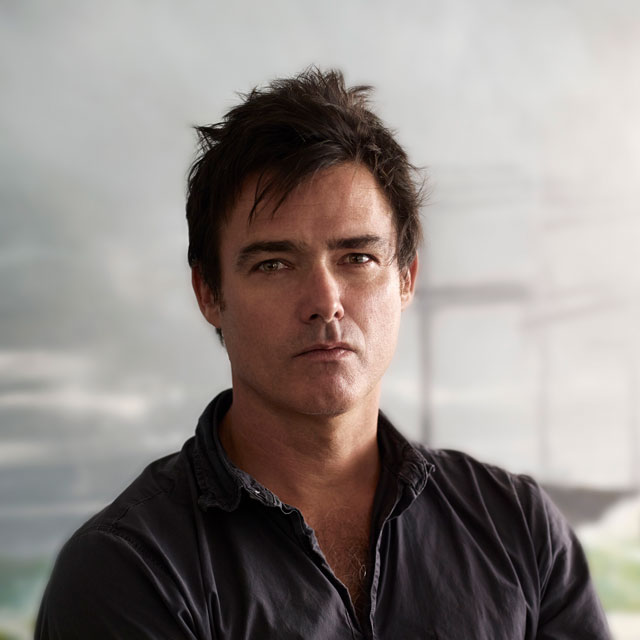
I am working on a long-term project and the outputs are taking on new versions of the same forms I tend to work in: video, photography, some sound, 3D animations, sculpture and paintings and lately AR installations. It all involves icebergs. Really, since a large scale commission I received ten years ago from the LA County Museum of Natural History to explore the (still-unfolding) history of water in Los Angeles, I have been curious how the awareness of human kind as geological force is changing our relationship to landscape, the ecological and our sense of the natural world.
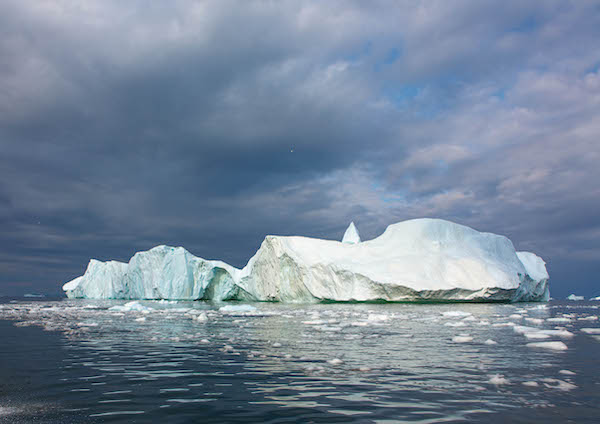
Research and Arctic fieldwork is an energizing part of this ongoing project. I first visited Greenland in 2019 (with support from the Berggruen Institute) and returned this summer with a group of earth scientists as part of a National Science Foundation Grant in collaboration with Dr. Ellyn Enderlin of Boise State University, and others. I brought my dear friend, cinematographer David Udris, with me on both trips.
After the first trip we collaborated on the video installation The Word for Weather is Knowledge (2019). While the first trip was essentially one of direct observation, this summer's trip was about exploring the scientific gaze, and we did so with earth scientists Dustin Carroll and Mike Wood (both Ph.D. researchers and professors based at San Jose State and Moss Landing/ JPL/NASA), and Aman K.C., a grad student in Ellyn's program at Boise State. We traveled directly from the US with National Science Foundation flights to Kangerlussuaq where we worked out of the Kangerlussuaq International Science Support Center, working at the Russell Glacier, and then on to Ilullissat in North Western Greenland.
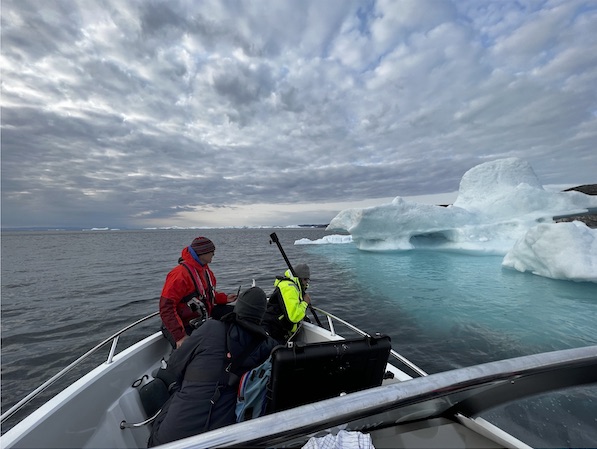
The video footage we collected during this trip extends all the way from satellite imagery to drone-based video and 3d modeling, to land and boat work, underwater footage, and even a bit of microscopic footage. Being that it was August, we had the advantage of 22 hours of daylight, so we worked and worked and worked. I am excited to share some of the outcomes in 2024-25 as part of Getty’s PST ART: Art & Science Collide exhibitions. Stay tuned!
This semester I am teaching Community Service in the Arts for finishing graduates in the University of Nevada, Reno MFA-IA program, and like all of the courses we teach in the program, the curriculum is implicitly interdisciplinary - recognizing that among both faculty, and students at all stages of their graduate work, the previously imagined boundaries between art, science, technology and other fields in the humanities are dissolving and becoming un-siloed. The students are working on their final local exhibitions, and while each has their own set of pressing issues and needs, this final course really strengthens their deep connections to one another, place, and environment.
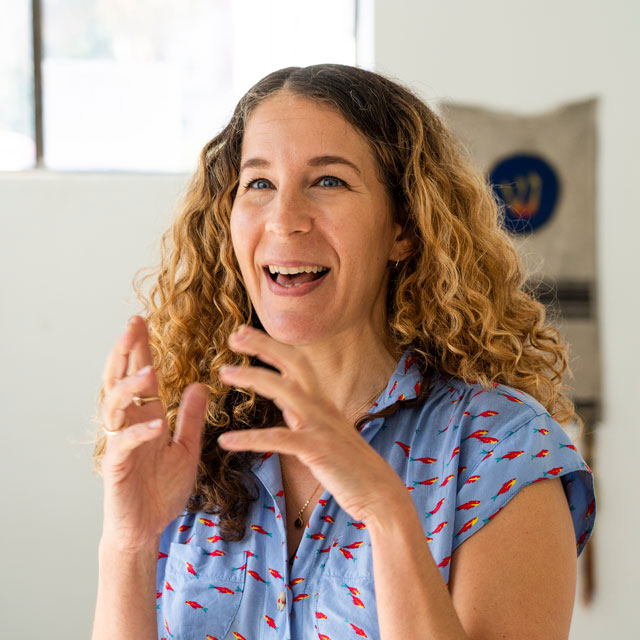
I am a Los Angeles-based visual artist whose performance art practice responds to local surroundings with an attuned sensory awareness of ecological and historical context. Working across film, performance art, installation, drawing, and photography, I synthesize elements from Yiddish folktales, feminist performance art, clowning, and silent film to make powerful, and often political, statements about the world and the project of humanity’s survival.
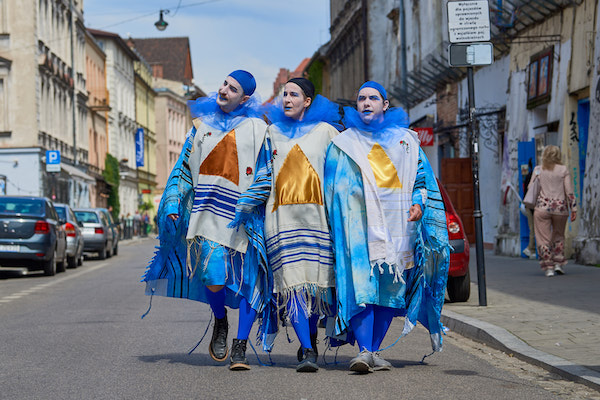
With the support of a Fulbright Scholar Award, I am currently conducting research for a new project in Poland. Doikayt (Hereness) is a multimedia performance art project that stages live, character-driven performances at Jewish sites across Poland to explore themes of loss and healing through a diasporic lens. The project will reanimate Yiddish folktales and revitalize Ashkenazi performance traditions in the lands where Yiddish culture once flourished but was nearly extinguished by genocide. For centuries, mythological figures like tzadiks, dybbuks, and golems populated the Yiddish folktales of Eastern Europe, animating the dreams and waking life of daily Jewish existence before the Holocaust. I chose to pursue my project in Poland to reinvigorate the dynamism of the Yiddish spiritual imagination and transform the cultural memories of genocide and displacement into reparative tools for healing in the present. By embodying these Yiddish folktales in Eastern Europe, their symbolic place of origin, my project will cultivate cross-cultural reconciliation in the face of historical violence, cultural erasure, and antisemitism.
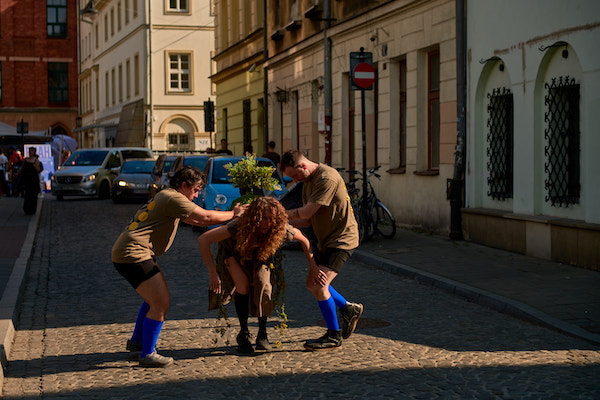
This semester I am teaching modes of thought, a survey of critical thinking in art. We will be focused on the relationship between art, identity, and politics. I am particularly interested in exploring ideas of cultural identity and site-specificity in art. These topics intersect fluidly with the work I am pursuing in Poland.

